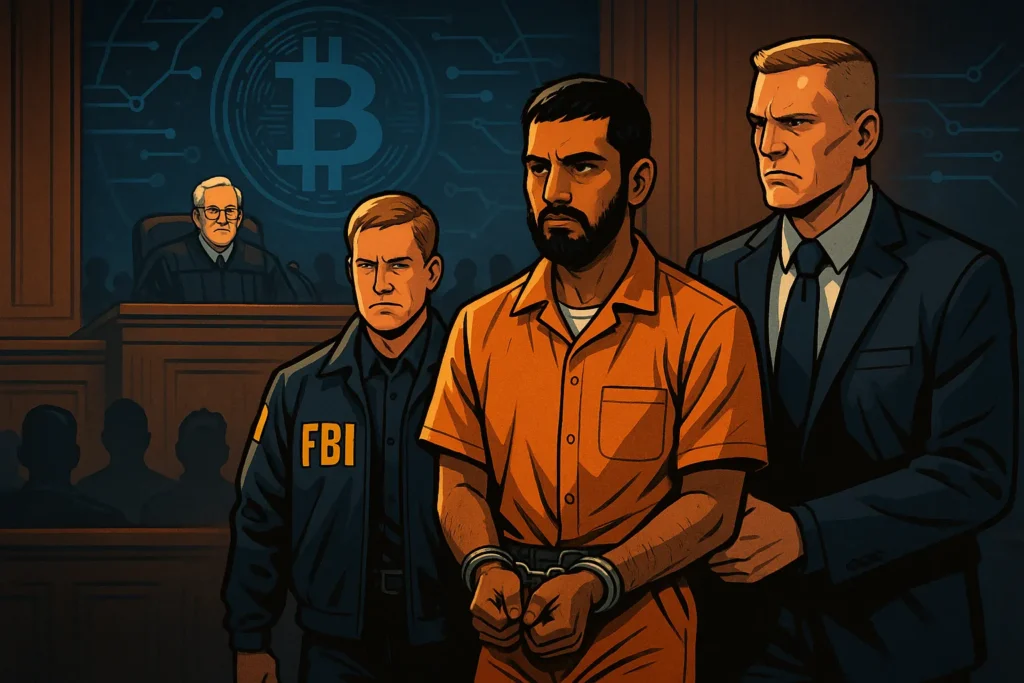Azharuddin Chhipa, an American citizen, received a 30-year judgment for the use of Cryptocurrency to finance Islamic State of Iraq and Syria (ISIS) activities. The case illuminates the growing threat of crypto -based terrorism financing and encourages tougher global regulations. His conviction, rooted in complex digital trails and cross-border tactics, sets a new standard in crypto-related terrorism.
Legal Negotiations and Sentencing
In December 2024, a federal jury judged Chhipa of five terrorism. These included conspiracy and direct financial support for ISIS. The prosecutors presented evidence of cash collection, cryptoconversion and hidden transfers. The transactions finally financed ISIS operations in Syria.
Judge David Novak presented a 364-month judgment. He quoted the serious effect of Chhipa’s actions on global and national security. The court noted that the financing supported smuggling, attacks and ISIS wages. Despite surveillance, Chipa continued to operate for three years.
Azharuddin Chhipa Used Crypto to Avoid Detection
Chhipa utilised digital assets for anonymity and mobility. He used Peer-to-peer exchanges to avoid KYC checks. Chain-hopping helped break transaction paths. He also employed burners and fake email aliases. Turkey, with its weak crypto supervision, served as its launch plate for sending funds to Syria.
Isi’s increasing dependence on cryptocurrency in line with Chhipa’s methods. They used DEXS and privacy coins for cross -border transfer. Bitcoin, despite its traceability, remained central to the operation.
Azharuddin Chhipa case is a part of the US crackdown series
This is not an isolated issue. In March 2024 the U.S. went after Hamas related crypto wallets. By April 2025 OFAC went after the crypto transactions of the Yemeni Houthis. Also at this time lawmakers are pushing for more in depth DeFi and wallet regulations.
Globally the EU is pushing out its MiCA framework which introduces sender ID requirements, bans privacy coins, and gives more power to AML agencies. The goal is to shut down crypto terror financing.
Azharuddin Chhipa Reveals Forensic Issues in Crypto Policing
Terror funding often times goes undetected through small donations. In Chhipa’s case we saw how mixed services and cross chain swaps complicate tracking. Investigators overcame these issues with technology and international support.
Over the course of two and a half years the DOJ worked with Turkey. They went into Telegram messages which we may term to have been encrypted, traced cash drop off points, and looked at blockchain activity. AI and behavioral analysis tools played a key role.
Conclusion
Azharuddin Chhipa’s case is a landmark. It reports that which which digital crimes related to terrorism will face serious legal action. His case in point of crypto’s double edge innovation and risk. Going forward we see that what it takes is smart tech, global cooperation and strong regulation. Only thus can crypto grow free of violence.
